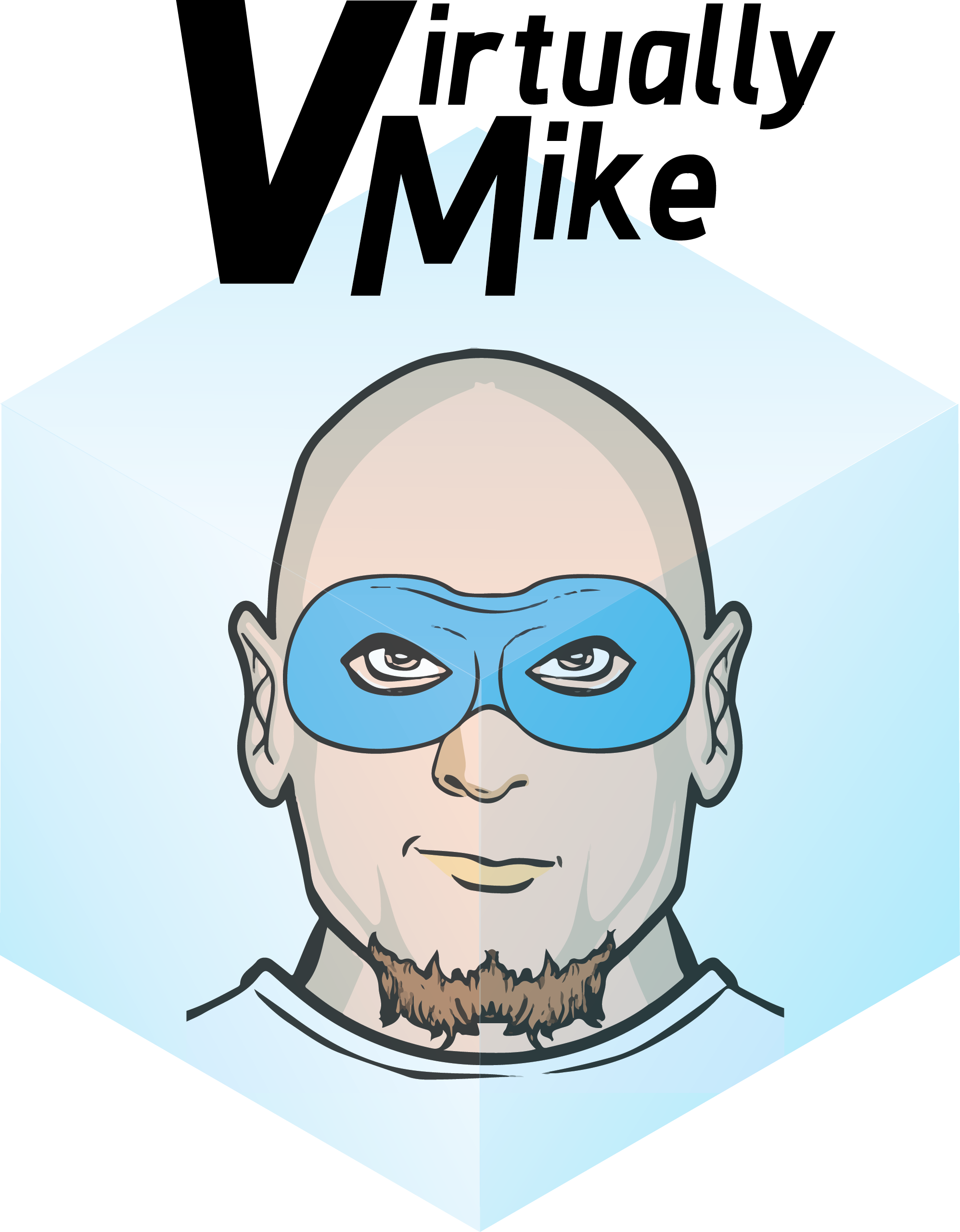If you read Part 1 then you know the importance of the Assessment Phase of any Virtual Desktop engagement. The next step is the Pilot plan and design, a good consultant will ensure that they capture what it is you hope to accomplish by making the move to VDI.
Pilot Plan:
The assessment phase will help to identify the best use cases, the selection then comes down to what you are comfortable with, and what departments are willing to jump on the pilot bandwagon. The consultant should then determine the master image size based on assessment findings, taking an average of disk size, cpu, and memory. Any applications that are determined to be part of the master image, and any unique configuration changes should also be documented. User workshops should be performed to determine how they use their current environment, questions about desktop and machine customization, work habits, and current performance acceptance will be asked to determine what should be incorporated in the build. This will also help to identify use cases that may have been missed or overlooked in the assessment phase.
Design Phase:
Now there is a plan and the consultant will begin putting together the design, they will not begin installing software or carving up LUNs. A pilot design should contain: storage sizing, network layout (ExternalInternal Access Plan, VLAN mapping, Firewall Configuration Changes, DHCP Scopes, DNS names), topography design for the VDI environment, host specifications, master image design specifications, application virtualization candidates for the pilot, GPO and OU changes, Pool names and user entitlements. Finally a proper design should include a risk assessment and a work breakdown structure containing high-level task as well as estimated time to complete each milestone.
Build Phase:
After all of the paper engineering and data collection is done we are at last at the build phase the consultant will rack and stack hardware, perform all necessary cabling, configurations and begin the installation of software. Once the VDI infrastructure is built out they will begin on the desktop image itself. Depending on the Plan and Design there may be multiple desktop images to create, several test deployments will then be performed to ensure that everything is working as it should. Pools will then be created and deployed. Application virtualization if specified in the SOW, Plan and Design, will be done toward the end of the build phase and prior to end user testing.
Next Up … Part 3: Pilot Testing and User Acceptance
On Deck … Part 4: Production Design and Deployment
